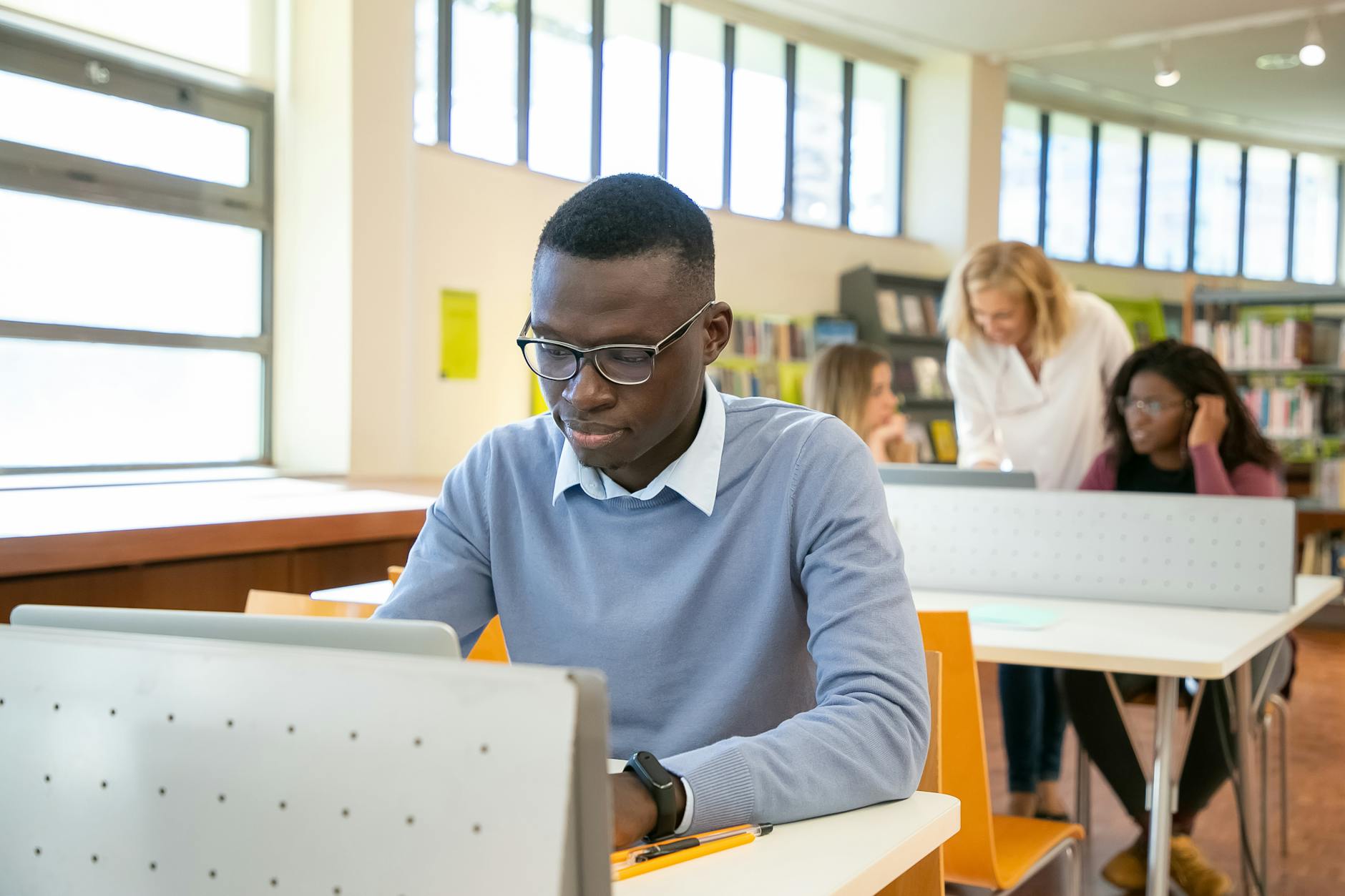SmonecClub
Expert Insight: Gamified Programming Lessons Transform Learning
The importance of digital literacy has skyrocketed in recent years, and with it, the interest in teaching children how to code has expanded tremendously. Traditional programming lessons, however, often intimidate beginners due to their complexity and lack of engagement. Enter gamified programming lessons—a transformative approach that combines immersive entertainment with educational content to make coding accessible, engaging, and fun for young learners. This comprehensive exploration of gamified programming within the "coding for kids" niche provides actionable insights and outlines why it's a game-changer in cultivating future-ready skills.

Understanding Gamified Learning in Programming
The Science Behind Gamification
Increased Motivation and Engagement
A major challenge in teaching programming to children is maintaining their interest. Gamification addresses this by making learning interactive and exciting. For instance, platforms like "CodeCombat" and "Scratch" enable kids to see immediate results from their code in compelling visual formats, encouraging exploration and experimentation.
Improved Retention and Understanding
Many interactive coding platforms integrate social and collaborative elements. Platforms such as "Minecraft: Education Edition" allow children to work together on programming projects, fostering teamwork and communication skills that are crucial in real-world tech environments. This collaboration often leads to shared learning experiences, widening the educational impact of gamified lessons.
Challenges and Limitations of Gamified Approaches
While gamified programming lessons offer numerous benefits, they are not without their challenges and limitations.
A major concern is ensuring that the educational content does not take a back seat to entertainment. It's vital that games are designed to maintain a balance, ensuring that the learning objectives are not overshadowed by the game mechanics. Careful design and testing by educators and developers are necessary to keep this balance.
Not all students have equal access to the technology required for gamified learning, such as adequate hardware and fast internet. This digital divide can exacerbate inequalities in education, especially in under-resourced communities. Addressing this requires a concerted effort by both public and private sectors to provide necessary infrastructure.
Best Practices for Implementing Gamified Lessons
Regular feedback loops, both in the form of game progression and through more formal assessments, help students understand their own learning paths. These reflections aid in identifying areas of difficulty, bearing greater significance in experiential, gamified learning environments than in traditional classrooms.
Encouraging Community and Parental Involvement
Creating a supportive learning environment that involves not only students but also their parents and educational communities enhances the effectiveness of any educational strategy. Parents are encouraged to engage with the platforms themselves to better support their children’s learning journey.
Conclusion
Gamified programming lessons represent a significant step forward in making coding education more accessible and engaging for young learners. By tapping into the natural inclinations of children for play, these lessons not only enlighten but also entice, nurturing a new generation of tech-savvy individuals. As educators and developers continue to refine these approaches, the fusion of education and play promises to redefine how children learn, adapt, and grow in an increasingly digital world.
FAQs
Here are some frequently asked questions to further clarify the role and impact of gamified programming in education.
A: While gamified lessons can cater to various learning styles, including visual and kinesthetic learners, it's important to supplement them with other teaching methods for auditory learners to optimize understanding.
A: While they add significant value, gamified lessons are most effective as a complement to traditional teaching, rather than a replacement, providing an engaging alternative that enhances comprehensive education.
Q: What are some popular platforms for gamified programming?
A: Popular platforms include "Scratch," "Code.org," "Tynker," and "LightBot," each offering unique mechanics and challenges tailored to various age groups and skills levels.